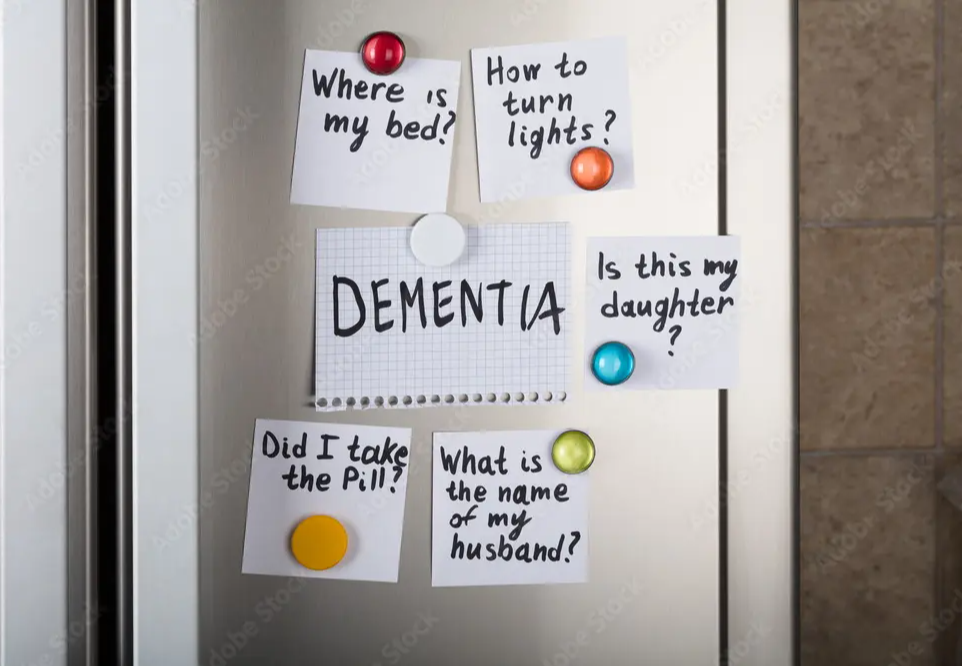Understanding and Addressing Repetitive Questions in Dementia
- March 14, 2024

Types of Dementia: Understanding the Differences
Dementia, a broad term that describes a range of symptoms associated with cognitive decline, comes in various forms. Each type of dementia has its distinct characteristics, causes, and progression patterns. Understanding these differences is crucial for effective care and support. In this article, we will delve into the most common types of dementia, providing insights into their unique aspects.
Alzheimer’s Disease: The Most Common Form
Alzheimer’s disease is the most prevalent type of dementia, accounting for an estimated 60-80% of cases. It is characterized by the gradual decline of cognitive functions, such as memory, thinking skills, and the ability to perform everyday activities. Key indicators include memory loss, difficulty in completing familiar tasks, and changes in mood and behavior. Alzheimer’s is progressive and irreversible, with symptoms gradually worsening over time.
Vascular Dementia: Following Stroke or Vascular Issues
Vascular dementia is the second most common type of dementia, often resulting from conditions that block or reduce blood flow to the brain, such as a stroke. This type leads to a sudden or step-wise decline in thinking skills. Symptoms include confusion, disorientation, trouble speaking or understanding speech, and vision loss. Unlike Alzheimer’s, the symptoms of vascular dementia may be somewhat preventable with proper medical care for blood vessel health.
Lewy Body Dementia: Characterized by Protein Deposits
Lewy body dementia (LBD) is identified by abnormal protein deposits, known as Lewy bodies, in the brain. People with LBD may experience symptoms common to both Alzheimer’s and Parkinson’s diseases. These include memory loss, fluctuations in cognitive abilities, visual hallucinations, and Parkinsonian motor symptoms. LBD’s unique challenge lies in its fluctuating symptoms, making it unpredictable and difficult to manage.
Frontotemporal Dementia: Affecting Personality and Language
Frontotemporal dementia (FTD) encompasses several types of dementia, including behavioral-variant FTD and primary progressive aphasia. FTD is marked by degeneration in the frontal and temporal lobes of the brain, affecting personality, behavior, and language. Symptoms can include changes in personality, apathy, inappropriate social behavior, and difficulty in speech and language. Unlike other dementias, FTD often occurs at a younger age.
Mixed Dementia: A Combination of Types
Mixed dementia occurs when a person has brain changes linked to more than one type of dementia. The most common combination is Alzheimer’s disease and vascular dementia. Symptoms may vary, reflecting the characteristics of both types. Recognizing mixed dementia can be challenging, as it requires identifying multiple pathologies in the brain.
A Spectrum of Diverse Conditions
Dementia is not a one-size-fits-all condition. Each type has its nuances, which affect how symptoms present and progress. Recognizing these differences is essential for providing appropriate care and support. If you or a loved one are experiencing symptoms of dementia, consult a healthcare professional for a thorough assessment and tailored care plan.
Early diagnosis and intervention can significantly improve the quality of life for individuals living with dementia. As research continues, we hope for advancements in treatment and care strategies that can cater to the specific needs of each type of dementia.
